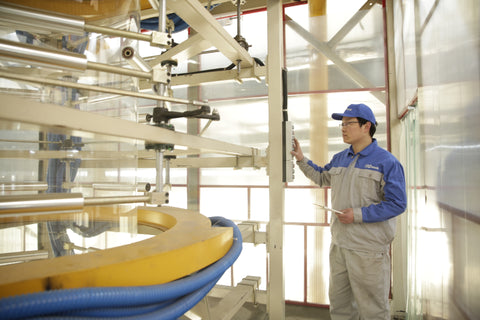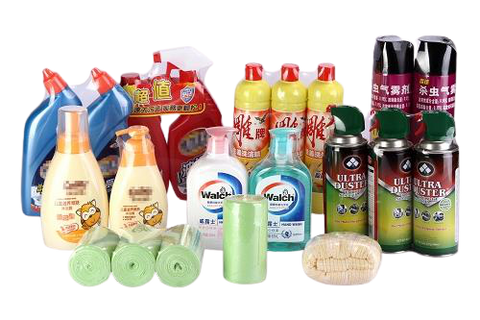Are Polyolefins Biodegradable? Here’s What You Need To Know.
Posted by Rodrigo Barrientos on
POF, or Polyolefins, are macromolecules formed through a process called polymerization. If you’re someone who ships goods, then you’re familiar with shrink wrap - a type of Polyolefins. With rising climate concerns, you might be searching for a more eco-friendly alternative.
But is it possible to find biodegradable shrink wrap?

Before we answer that, let’s chat about what it means to be biodegradable.
The ability to decompose items by microorganisms like bacteria or fungus and incorporate them into the natural environment is called "biodegradability." This might be surprising to some people, but biodegradable materials shouldn’t go into landfills because they release harmful methane gas.
Biodegradable plastic is engineered to break down when exposed to microorganisms. It is often created from natural byproducts and is subjected to carefully controlled temperature and humidity conditions in industrial facilities. Bioplastic refers to most biodegradable and compostable polymers, typically manufactured from plants (such as bamboo or sugarcane) rather than fossil fuels. For these bioplastics to be efficiently biodegradable, their compostability must be proven per international standards to be handled in industrial composting operations.

So what does this mean for shrinking materials?
To be biodegradable, shrink-wrap must be able to decompose in the presence of bacteria and other microorganisms under natural conditions, producing water, CO2, and biomass – but shrink-wrap plastics are not yet capable of doing so. That, unfortunately, means biodegradable shrink-wrap doesn’t exist yet.
But there are degradable shrink wraps. “But wait,” you may be wondering, “Isn’t that the same thing?” It’s not. Here’s the difference

Degradable products are generally oil-based, and they degrade chemically rather than organically by microbes. Degradable plastic items, unlike biodegradable materials, can degrade in anaerobic settings such as landfills.
On the other hand, Degradable products do not entirely degrade and transform into organic material. Instead, they disintegrate into minuscule particles that can nevertheless impact the environment. Some plastic, for example, can degrade and break down into tiny fragments that animals consume, producing serious problems in the food chain. Products often take significantly longer to degrade than biodegrade.
Some polyolefins are oxo-degradable. This means they are made out of petroleum-based polymers with additives like metal salts to speed up decomposition. Oxo-degradable substances break down into tiny, microplastic bits in a short amount of time in airy, hot, and bright settings. Oxo-degradable materials are not biodegradable and will not degrade to the molecular level.

Degradable shrink-wraps are not biodegradable. Degradable and oxo-degradable materials are polymers made from oil with particular additives. That shows that while degradable shrink-wrap plastics break down, their molecular structure remains intact, and their chemical contents remain unchanged. This means that there is no actual biodegradation.
If you’re searching for premium shipping supplies, then Shipknox has everything you need at an affordable price, shrinking materials included. Contact us today for everything you need!
